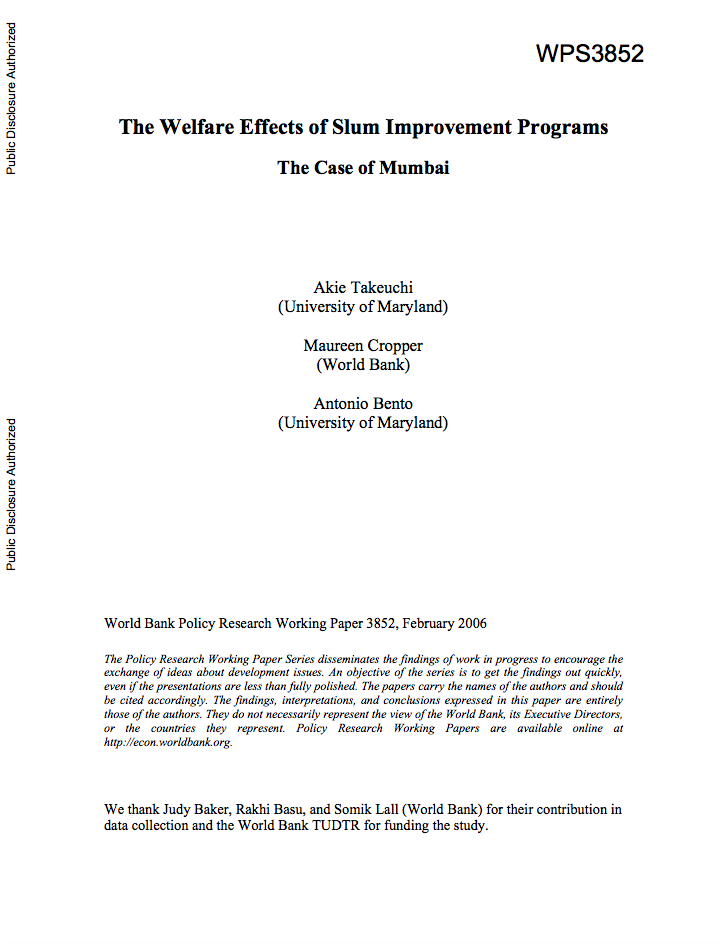Kyrgyz Republic : Poverty Assessment, Volume 2. Labor Market Dimensions of Poverty
This report, which has been prepared by
the World Bank in cooperation with the National Statistical
Committee, provides an assessment of poverty in the Kyrgyz
Republic using the most recent data available. The objective
of this report is to understand to what extent economic
growth has reduced poverty and led to improved living
conditions for the population during 2000-2005. The report
also attempts to answer three questions about the Kyrgyz


